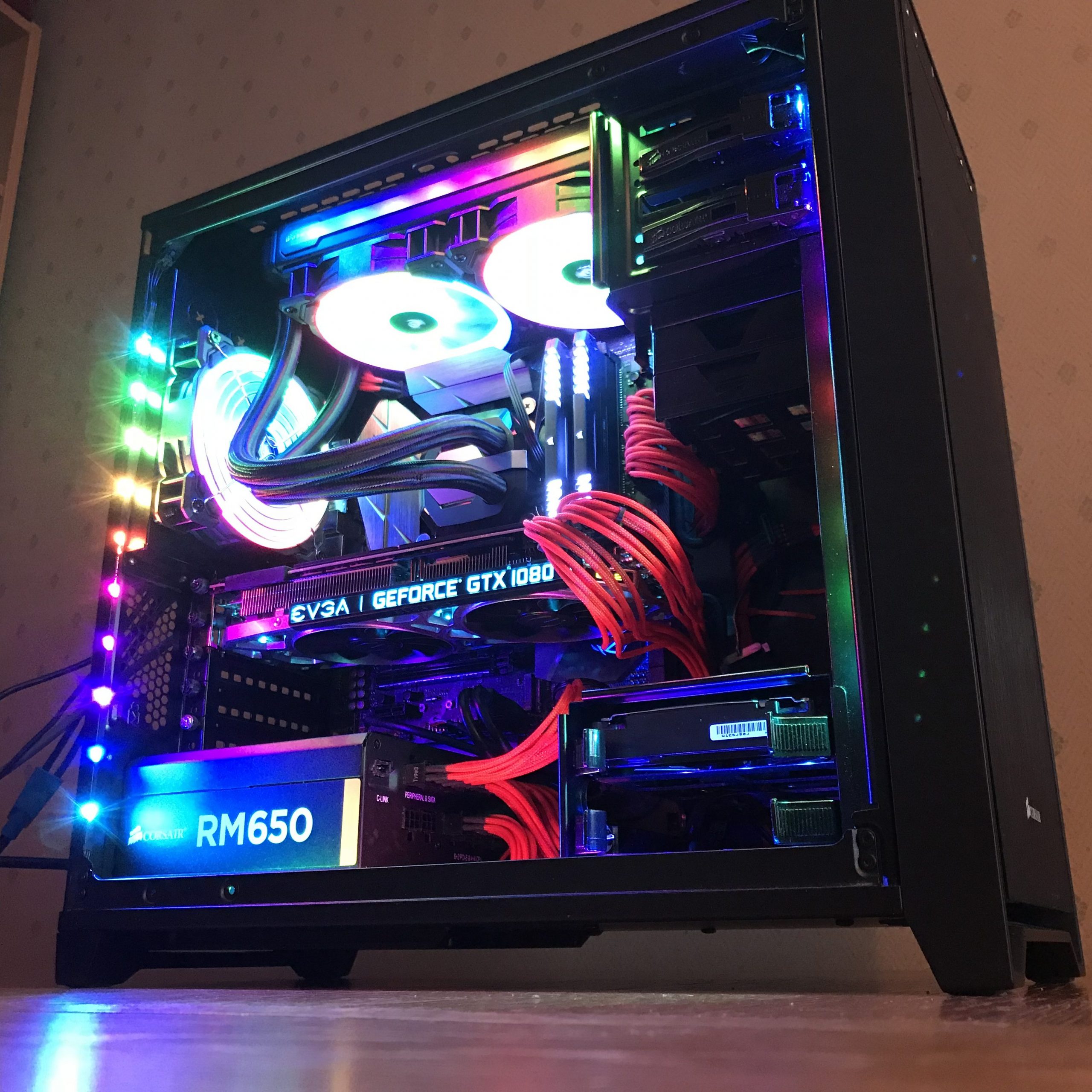
About 4 or 5 years ago, I built the Angry Caretaker. Contained inside a tiny case was a monster of a PC, pairing a top-grade core i7 processor with NVidia’s latest graphics card. But, while it was fun to construct, the fiddly proportions made it tough to upgrade. If I wanted to replace anything, I usually had to pull several other parts out of the way first. It taught me a lot about working with confined spaces, but it just wasn’t practical.
And so, I decided that my next build would be a step up in size, from mini ITX to micro ATX. The space would give me more room to move, and I’d also get more upgrade flexibility from the larger motherboards. Yes, it meant going for a larger case, but I figured the trade-off was worth it.
Trouble is, while I’ve been watching the PC parts market for a few years now, I’ve not seen a compelling time to buy everything needed to upgrade. NVidia have made gains with graphics chips, but Intel’s latest processors are only marginally better than the old ones. It was only when things started to break down that I actually needed to start swapping things out, which eventually pushed me into making the big leap.
Of course, trends in PCs have changed as well. It’s not enough to use single colour lighting; today, everything is software-programmable RGB. And I do mean everything – even motherboards and memory sticks have LED-encrusted variants that add to the light show.

Which brings me to today. I’ve kept the old hard drive, power supply, and a 1Tb SSD. I’ve even managed to lay my hands on an old Corsair Obsidian 350D case. Everything else is new, although I did buy the GeForce GTX 1080 Ti about six months ago as an interim measure.
What’s in the box? An Intel Core i7 8700k is at the heart of this new rig, primed to crunch through video encoding, photo editing, and maybe even a few games if multicore support ever gets off the ground. I’ve also added an indulgent 32GB DDR4 RAM, which is overkill for most things but handy for heavy photo editing sessions with huge numbers of tweaks.
Stepping up from Haswell to Coffee Lake, or from 8GB to 32GB RAM, or from a GTX 780 to 1808 Ti, aren’t huge when taken individually. But the benefits to me go beyond gaming, from better I/O for faster boot times, to handling the workloads from my other hobbies. In more ways than one, I feel that I’ve got room to breathe.

However, it’s the new light show that’s really making me smile, and I’ve found it very easy to install and configure. Corsair do a 3-pack of their latest LL 120 RGB fans that come bundled with a controller, connecting via internal USB to provide that software link. I’ve also added an RGB Lighting expansion kit, which contains four strips of LEDs to run inside the case, and attaches to the same controller as the fans.
Performance wize, my new rig massacres almost any game I choose. Whether it’s Destiny 2, World of Warcraft or FInal Fantasy XIV, I’m able to max out the settings and play at 4K with solid framerates. Fingers crossed, I’m hoping this will continue over the next few years, with even more great games coming out in 2018.
It still needs a name, but I’ve managed to build something that makes me grin every time I power it up, and which I’m pleased to have sitting on my desk. With all that, I couldn’t ask for more.
